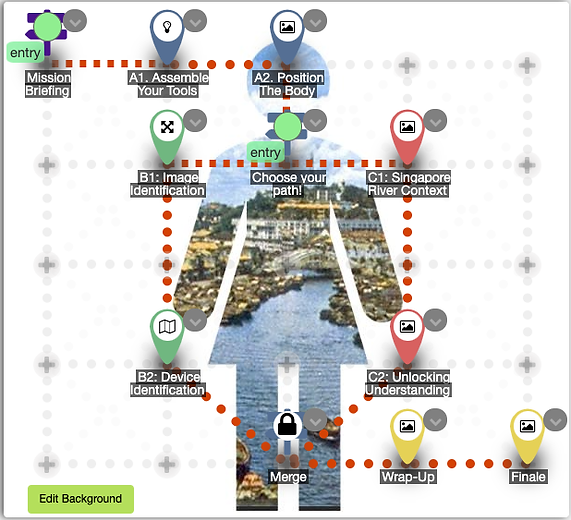Education Studies 1
Understanding & Engaging Learners
A. Understanding Learners
In QED52A Educational Psychology (Semester 1: Dr. Cheng Yuanshan), I gained a foundation in understanding 21st century learners, their learner development, and the psychology of learning and motivation. In other words, I gained an understanding of how students learn and the importance of helping students to develop their own understanding of why they learn.
For instance, in my group problem-based learning project, we analysed why a (fictional) student, Wen Fang, required more support in improving her self-concept and self-image, through Deci and Ryan's self-determination theory - where students need to feel competence, relatedness and autonomy.
Next, in my individual assignment, I used Educational Psychology theories to rationalise my choice of lesson activities. For example, I learned that students learn best in groups according to Vygotsky's social constructivist approach, where the social collaboration between students, their peers and adults provides students with the support (scaffolding) necessary to complete challenging tasks within their zone of proximal development.
It is also important for students to prioritise mastery goals rather than performance goals, where they seek to demonstrate their own mastery of a concept rather than to outdo their peer group.
These considerations of the why and how of student learning tie into QED52K Teaching and Managing Learners (Semester 1: Ms Yap Chin-Fang). This course reminded me that learners have diverse needs which require effective use of classroom management skills and strategies. I learned to manage the learning environment, student behaviour, relationships and partnerships, and my own professional practices in order to better support the student as learner.
For instance, I identified the following issues and proposed solutions in my individual assignment:

I also considered learner-related issues such as depression, and how relationships and partnerships including the Tiered System of Support can help better support these learners.
I have also decided to work towards adopting referent and expert authority bases for teaching.
B. Effectively Engaging Learners
QED52B Pedagogical Practices (Semester 1: Mr Tsering Wangyal) and QED52G Technologies for Meaningful Learning (Semester 2: Dr Shanti Divaharan) are closely linked.
For QED52B Pedagogical Practices (PP), we came to a shared understanding of the four fundamental teaching processes:
-
Positive Classroom Culture
-
Lesson Preparation
-
Lesson Enactment
-
Assessment and Feedback
We understood the 24 teaching areas (outermost ring in the diagram below) and explored some of the teaching actions that support each of these areas. For example, we looked at the importance of setting expectations and routines as part of beginning a lesson with positive classroom culture.
I also considered ways to move between effective whole class teaching and small group instruction, as part of deciding on instructional strategies under lesson preparation (and enactment).
Another key takeaway from PP is the vast range of possibilities in engaging diverse learners through differentiation. For example, rather than having small groups working simultaneously on just one problem, I could use a Station Rotation Model where students engage with different learning activities, including game-based, assessment and problem solving stations. Students could also be given a customised "playlist" of stations to complete based on learner readiness under the Individual Rotation Model.

QED52G Technologies for Meaning Learning (TechML) adds another dimension to the learning in PP by inviting us to use the affordances of ICT tools to promote 21st century quality learning. Technology-mediated learning enables us to effectively enact the four fundamental teaching processes in the STP, enhancing or even transforming them within the SAMR model.
For example, my group used Deck.Toys to teach a lesson on Lee Tzu Pheng's poem, "The Singapore River". Part of the assignment involved us explaining how our lesson encouraged 21C QL in the areas of active, authentic, collaborative and reflective learning.
Ultimately, using Deck.Toys as a learning paths tool provides opportunities for differentiated instruction with multiple pathways.
